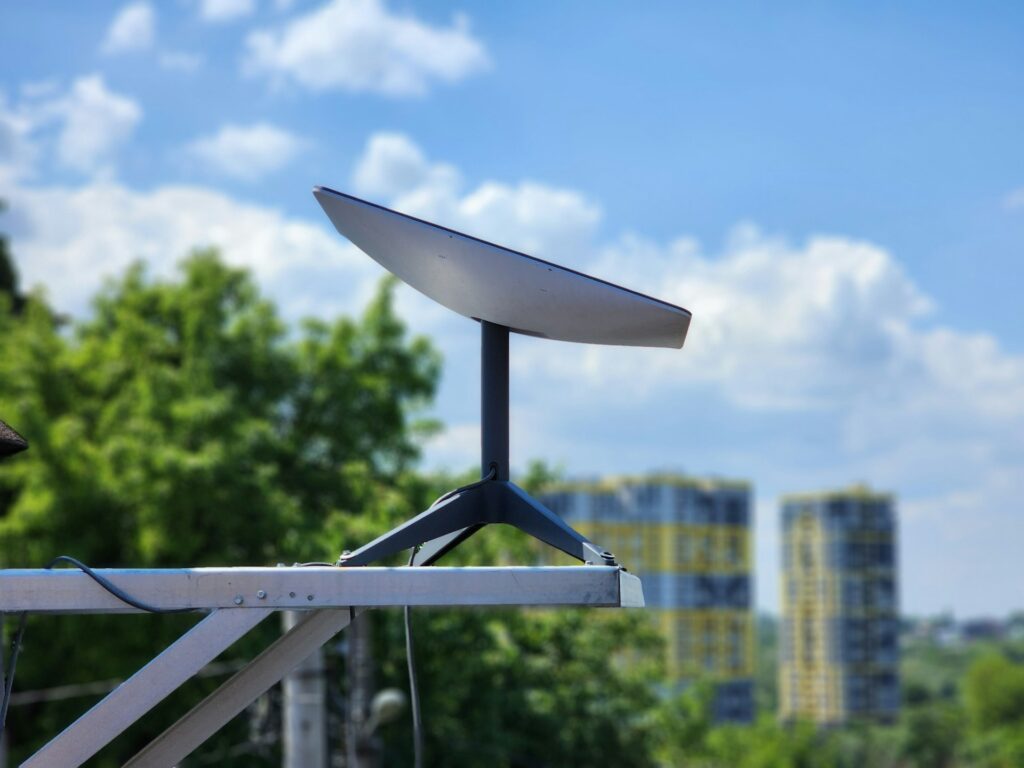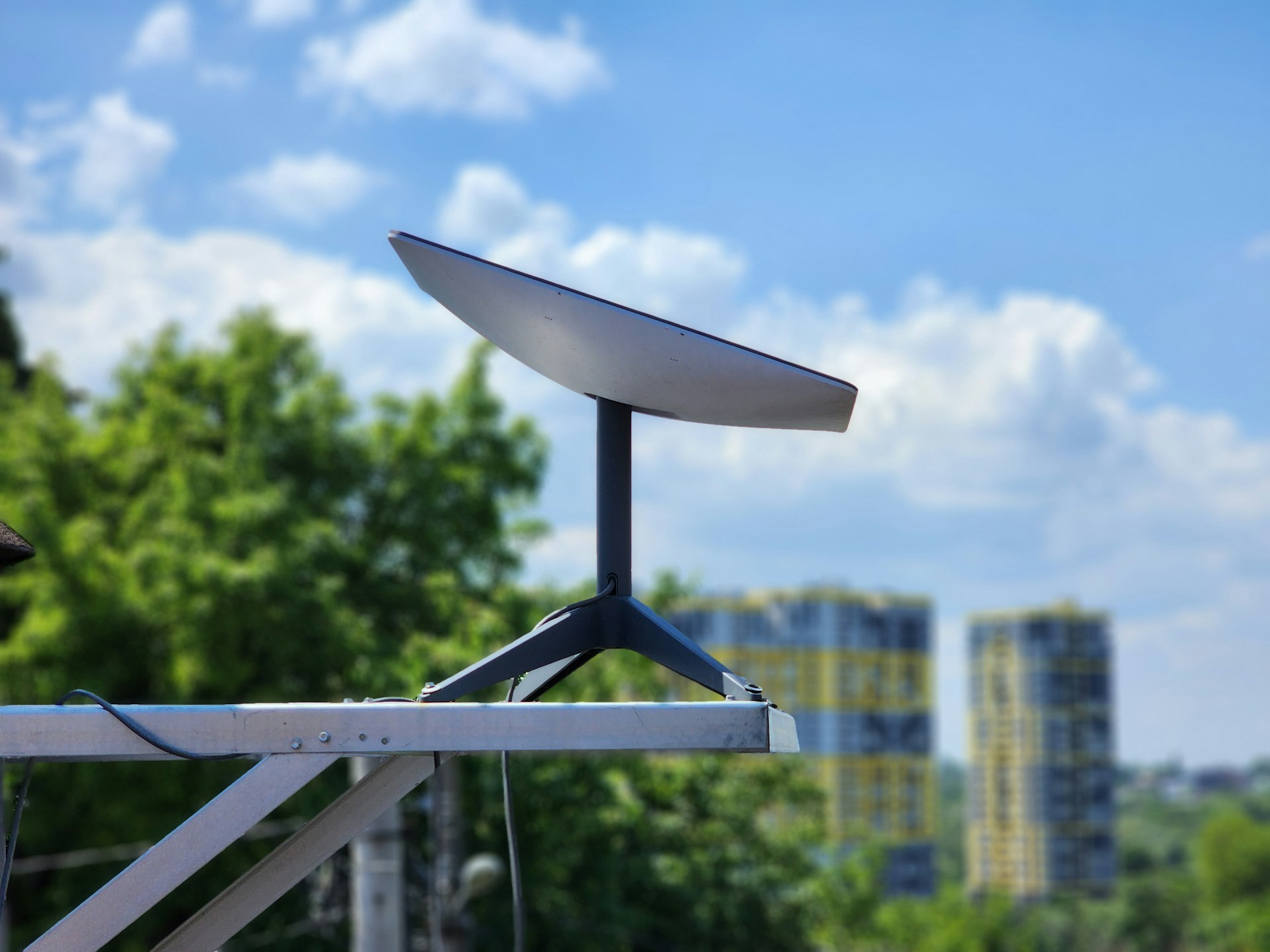
As satellite internet becomes increasingly accessible and vital for both remote users and global travelers, SpaceX’s Starlink system continues to lead the charge. Recently, the company introduced the Starlink Mini—a compact, portable version of its standard satellite dish. This article explores how the Starlink Mini stacks up against the traditional Standard model, focusing on key aspects like hardware, performance, pricing, and use cases.
Hardware and Design
Choosing between the Mini and Standard often begins with understanding their physical differences. These two terminals are designed with distinct purposes in mind—mobility versus performance. While both leverage Starlink's low-Earth orbit satellite network, the hardware differences reflect how and where each is best deployed.
Starlink Mini
- Dimensions: 11.75" x 10.2" x 1.45"
- Weight: Approximately 2.43 lbs (1.1 kg)
- Router: Integrated Wi-Fi 5
- Coverage: Up to 1,200 ft²
- Power Consumption: 20–40W
- Power Options: Supports AC and DC, including USB-C and 12V car outlets
- Portability: Fits in a backpack; ideal for travel and field use
Starlink Standard
- Dimensions: 23.4" x 15.07" x 1.5"
- Weight: Approximately 7 lbs (3.2 kg) with kickstand
- Router: External Wi-Fi 6 (Gen 3)
- Coverage: Up to 3,200 ft²
- Power Consumption: 75–100W
- Power Options: Requires AC power only
- Portability: Designed for fixed, residential or commercial installations
Performance
Performance is a core consideration when evaluating an internet solution. Users need to know how well the system handles speed, latency, and reliability in different environments. Here’s a look at what you can expect from both models in real-world use.
Starlink Mini
- Download Speeds: 5–100 Mbps
- Upload Speeds: 2–10 Mbps
- Latency: Typically under 50 ms
- Use Case: Best for light use such as web browsing, video calls, emails, and small uploads
Starlink Standard
- Download Speeds: 30–220 Mbps
- Upload Speeds: 5–15 Mbps
- Latency: Typically under 40 ms
- Use Case: Optimized for heavy use including video streaming, cloud gaming, and large data transfers
Pricing and Plans
Cost plays a significant role in the decision-making process for most users. Starlink’s pricing varies not only based on the hardware but also on the type of service plan selected. Below is a breakdown of what each system entails financially.
Starlink Mini
- Hardware Cost: $599
- Service Plans:
- Mini Roam: $50/month for 50GB of data
- Roam Unlimited: $165/month for unlimited data
- Availability: Currently limited rollout via invitation in the U.S.; expanding globally
Starlink Standard
- Hardware Cost: $349
- Service Plans:
- Residential: $120/month for unlimited data
- Roam Unlimited: $165/month
- Availability: Widely available for home and commercial users
Use Cases
Choosing the right Starlink version hinges on what users intend to do with the service. Different lifestyles, work environments, and connectivity needs dictate which model provides the best value and reliability.
Starlink Mini
- Ideal For: Digital nomads, RVers, campers, disaster response teams, and off-grid travelers
- Advantages: Ultra-portable, energy-efficient, quick to deploy
- Limitations: Reduced speed and coverage area compared to the Standard model
Starlink Standard
- Ideal For: Stationary users in rural or underserved areas, small businesses, and families
- Advantages: Superior bandwidth, broader coverage, better performance under high demand
- Limitations: Heavier, higher power consumption, and not portable
Conclusion
Ultimately, the choice between Starlink Mini and Standard depends on your lifestyle and internet requirements. If you need internet on the move and can compromise slightly on speed, the Mini is an excellent lightweight option. However, for those needing fast, stable, and broad coverage for more demanding applications, the Standard Starlink offers a better long-term solution.
